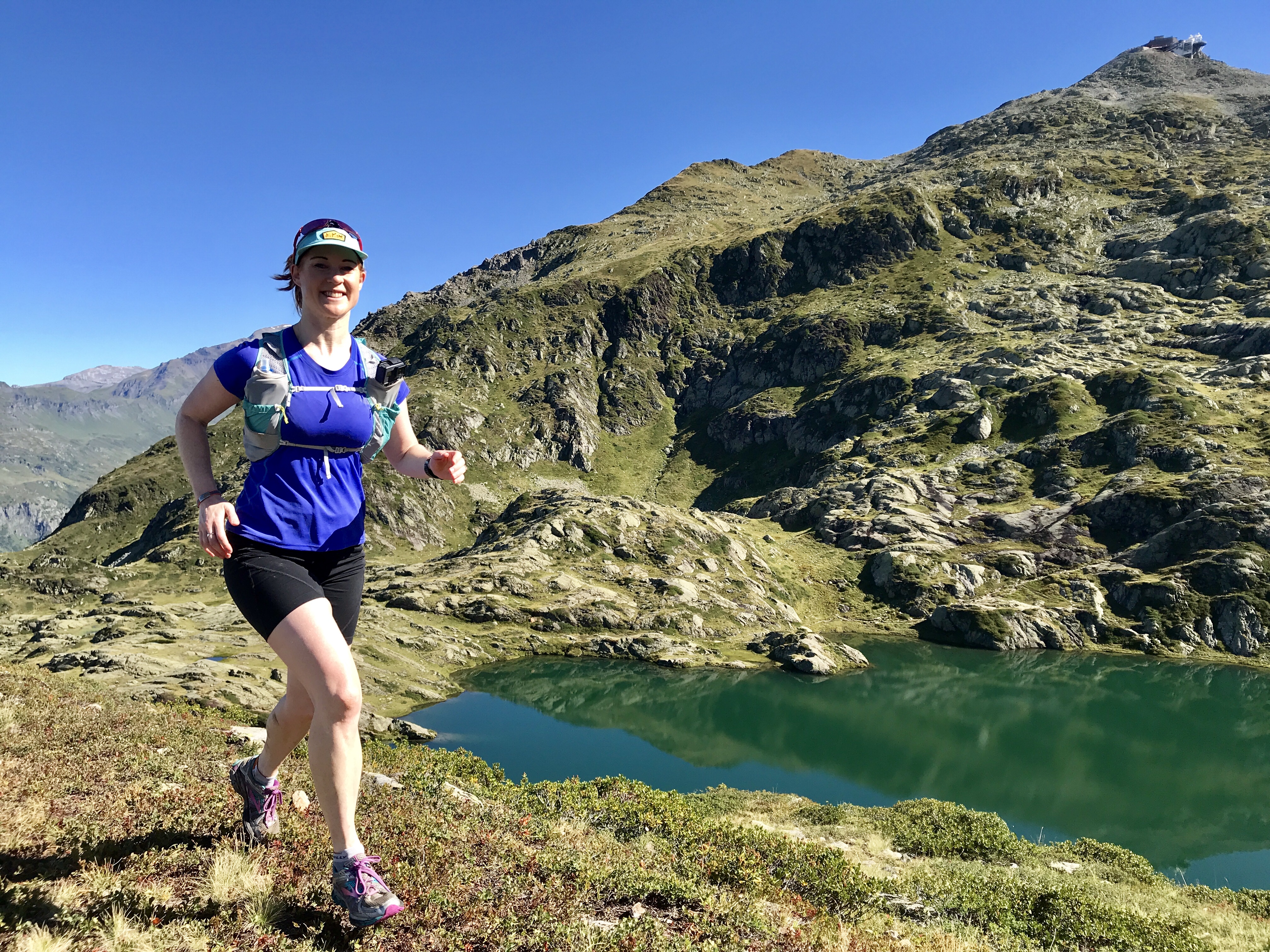Why ultra running is actually hiking
Ultra running may sound more hardcore than hiking, but they have more in common than you might think

There’s a curious secret about ultra running that more people should know about. I’m not sure why I’ve only just realized this, having been an ultra runner for over a decade now (throwing myself around the 66-mile Bob Graham Round and completing half of the 250 mile Cape Wrath Ultra among other things) but I really think it’s time we all ’fessed up. It’s bordering on scandalous now, and it’s putting some people off investing in some running poles and jumping on the awesome, lifetime-memory-creating ultra running bandwagon.
We want way more people signing up to these adventurous, challenging long-distance races over the magic marathon distance of 26.2 miles, don’t we? I’m sure the race organizers do, as well as the NHS. The mental and physical health benefits of moving our desk-flabby bodies about in the great outdoors are so potent you’d be a gazillionaire if you could bottle them. So read on, let’s blow this shizzle wide open!
You see, the curious thing about ultra running is… that it’s actually more accurately described as ultra hiking. Honestly. Yes, everyone legs it over the start line of an ultra event as if it’s the start of parkrun, and whenever a camera person leaps out of the bushes we break into what can roughly be described as 'a bit of a jog', but by and large, a brisk walk (often brandishing lightweight running poles) is the standard mode of the regular ultra runner, and to be honest, often the elite ones too.
Even the pros hike while ultra running
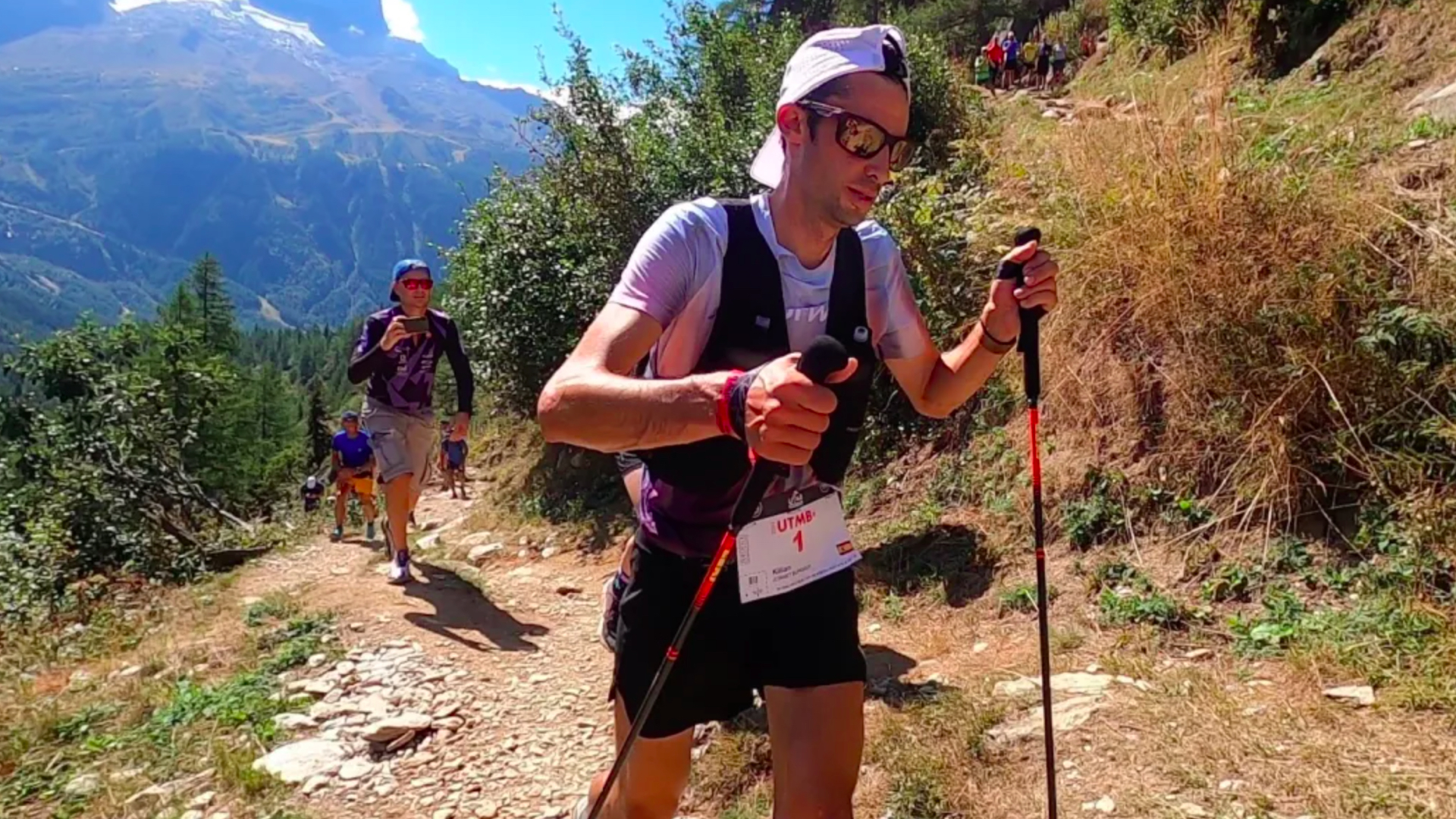
This year at the Olympics of ultra running, the Ultra-Trail du Mont Blanc (UTMB), I watched every single 'runner' – from elite to not-quite-so-elite (anyone who can propel themselves 100 miles around the French, Italian and Swiss mountainside is bordering on elite in my view!) – unfurl skinny tubes of lightweight carbon fiber from their packs, click them into running pole form and walk the moment they saw a hill.
They clickety-clacked upwards into the dark night from Notre Dame de la Gorge to a soundtrack of cowbells, cheers and drunken whooping from certain overexcited members of the crowd presumably incredibly pleased with their decision not to spend the next 20-30 hours stomping through the mountains.
This is called 'power-hiking' and it is very different to walking because it is, um, brisk walking. To power-hike with poles most effectively you must first assume a serious look in your eyes and narrow them a tad – a slight frown is beneficial here. Your gaze must fixate upon the 2m directly in front of you, with the odd glance further up the trail to establish the movements of the person in front lest you lose an eye from an unwieldy pole movement from above. And there you have it, serious power-hiking.
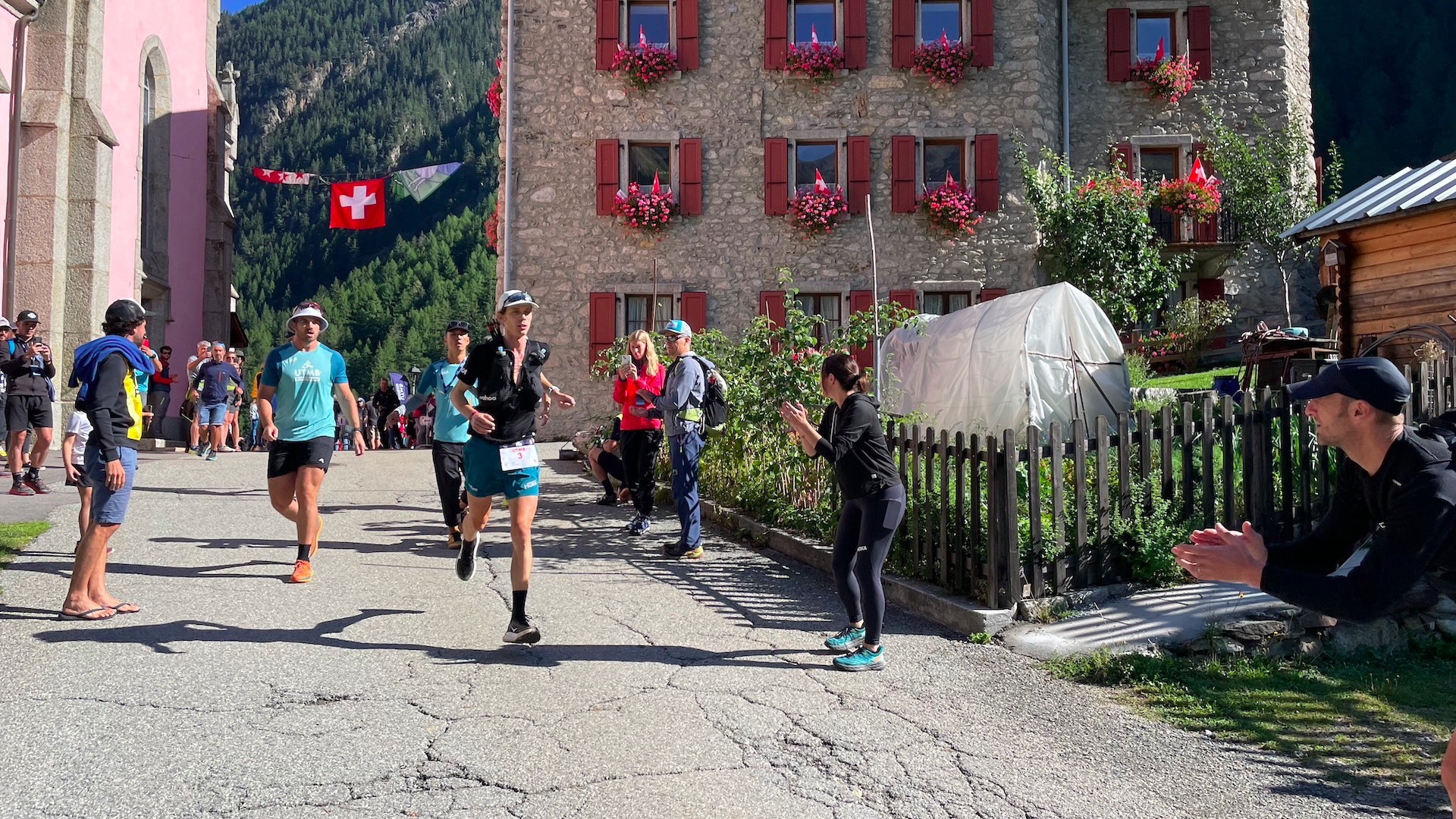
OK, so on the flat and downhill sections, the elite UTMB athletes definitely do run, and they run fast (I tried to keep up with US favorite and 4th place man Jim Walmsley for 500m at La Trente and almost had a cardiac arrest) but all of them, even the men’s winner, Kílian Jornet, hike every big climb to cover that combined total of 10,000m ascent. While filming Jornet up the last climb from Vallorcine I accidentally encroached on the official cameraman’s territory – he shoved me out of the way, glaring. I told you it was serious business, this power-hiking.
All the latest inspiration, tips and guides to help you plan your next Advnture!
At the finish line I was lucky enough to grab a quick interview with women’s winner Katie Schide and asked her for training advice. “My best tip is to practice hiking,” she told me from the finish line. “Because even me, I hiked a huge part of the race and if you can be good at hiking you don’t have to be the best runner. If you can be the best hiker you can probably save more time.”
So why isn’t ultra running called ultra hiking?
The longer and hillier the ultra, the more likely there is to be hiking, sorry, power-hiking going on. As the distance mounts up, the descent becomes a knee-jarring shuffle for a great many too. So why don’t we call it ultra hiking?
“I got into so much trouble for describing the UTMB as a long hike,” says Sophie Power, founder of SheRACES, the campaign for male/female equality in running races.
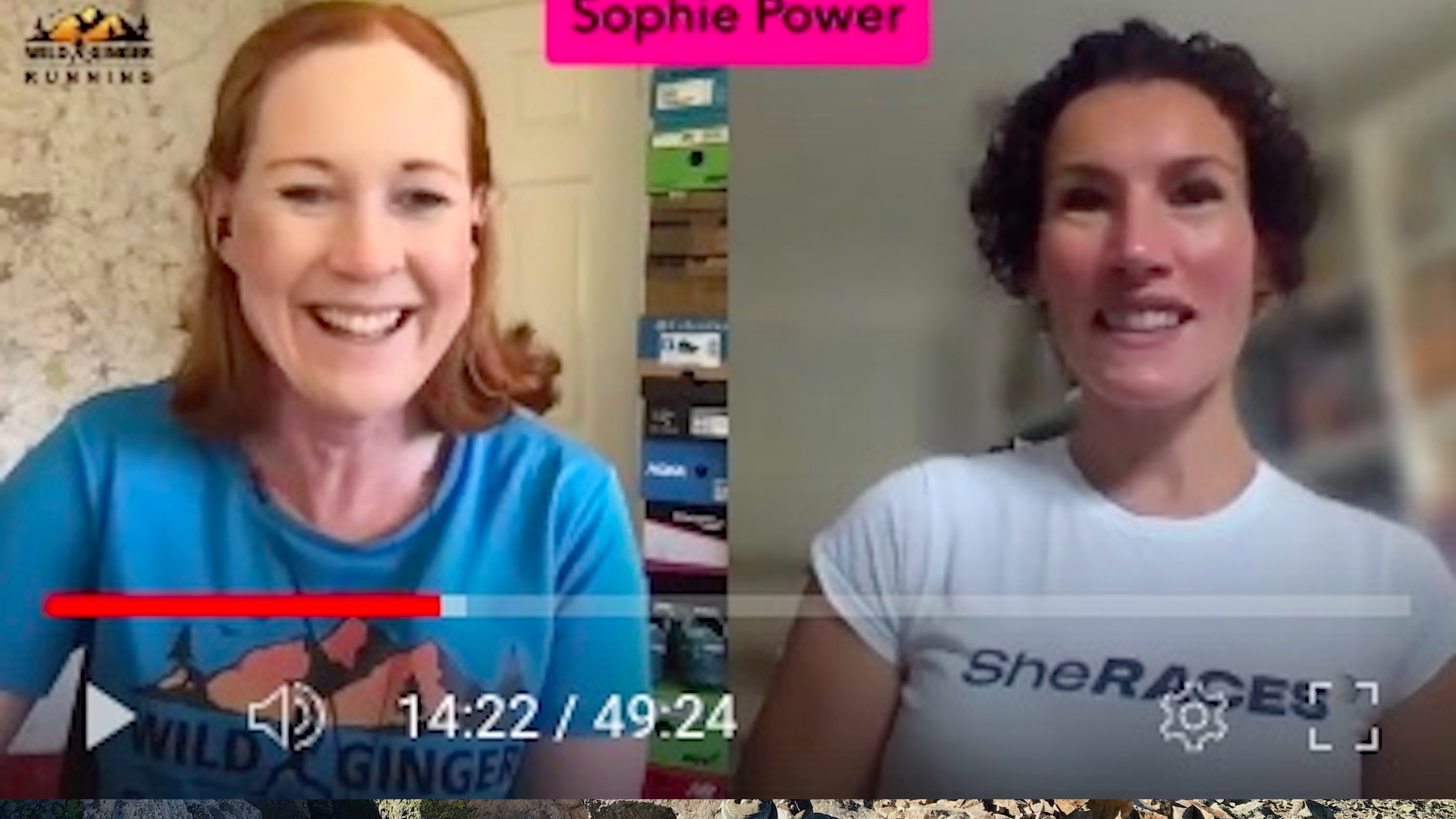
“I got loads of abuse, mostly from guys who had told everyone this was a massive run,” she told me from her home in Surrey. “But look at the times – it takes most people over 41 hours to do 106 miles; of course you’re walking. So I got loads of abuse from guys who said I’d made it sound a bit soft.”
Sophie became famous overnight when a photo of her breastfeeding her three-month-old son and expressing milk at a checkpoint during UTMB 2018 was published. Next to her a man rests with his feet up. Running the UTMB simply wasn’t an option for Sophie, but she completed it nevertheless. “I had to hike it because of pelvic pain and you can hike it in the time allowed with a bit of gentle jogging on the flats; it’s completely doable.”
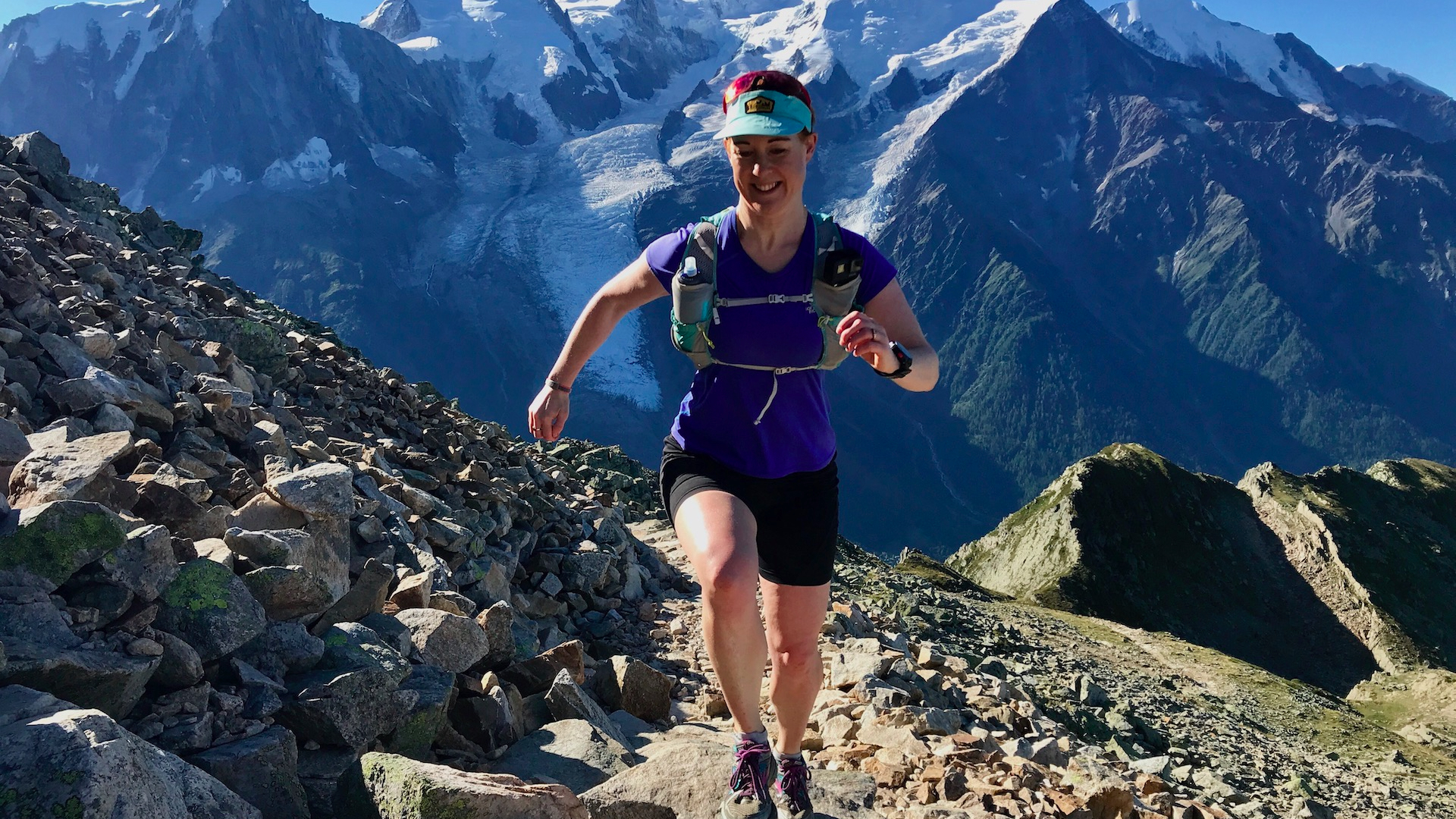
Sophie thinks changing the words we use to talk about ultra races would make them more accessible to more people. “I think to go from saying, ‘This is the hardest, toughest, whatever…’ to, ‘This is the time you have; this is the average speed you need to do; this is the kind of terrain you’re going over; therefore if you can jog 10k and you can hike for eight hours you can finish UTMB.’ Something like that is a much better way of talking about it. I think races want to say they’re the biggest and toughest but that’s a very alienating language to a lot of women.”
So regardless of whether you’re male, female or non-binary, let it be known that ultra running is actually for the most part ultra hiking. I was wondering how on Earth I was going to have the energy to train for four or five ultras next year but now I’ve reframed them as ultra hikes, they feel so much more achievable. Off I go for a nice eight-hour power-hike in the mountains with a heavy running backpack. Oh and poles, don’t forget the poles. And the serious facial expression…
- Best trail running shoes: for speed and protection on tough terrain
The co-founder and former editor of Trail Running magazine, Claire now runs the YouTube channel Wild Ginger Running, creating films about trail- and ultra-running advice, inspiration, races and gear reviews. An award-winning journalist, writing for outdoor and adventure sports magazines and websites, Claire's first book, The Ultimate Trail Running Handbook (5k to 50k), is out now. Her second, The Ultimate Ultra Running Handbook (50k to 100 miles), is out Autumn 2024. Claire also speaks and presents at events and races.
